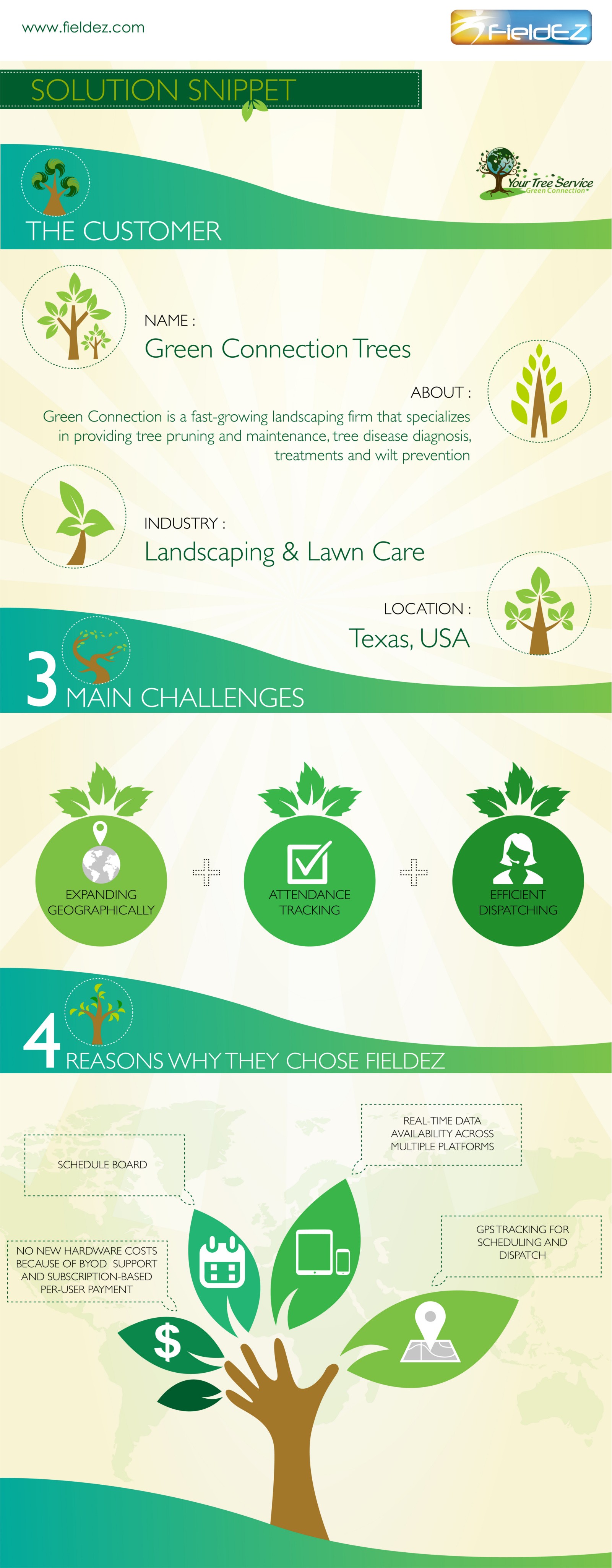Post-Tree Elimination Care Plays A Considerable Role In Landscape Remediation; Check Out Important Steps To Boost Your Surroundings And Mitigate Future Issues
Post-Tree Elimination Care Plays A Considerable Role In Landscape Remediation; Check Out Important Steps To Boost Your Surroundings And Mitigate Future Issues
Blog Article
Content By-Powell Mejia
After a tree's removal, your landscape might look rather various, and it's vital to examine the aftermath very carefully. You'll want to evaluate the soil disturbance and check surrounding plants for any type of signs of stress and anxiety. Neglecting these variables can cause larger troubles down the line. So, what should you do with those stumps and origins? And just how do you choose the best plants for your rejuvenated area? Let's discover these essential steps.
Assessing the After-effects: Reviewing Your Landscape
After a tree elimination, it's critical to examine your landscape to comprehend the effect it has on your backyard.
Beginning by analyzing the location where the tree stood. How To Prune A Hibiscus Tree for signs of soil disruption, and inspect the bordering plants for any stress and anxiety or damages.
You must likewise keep in mind of how the removal has actually changed sunlight exposure and air flow in your yard. This change can influence the growth of close-by plants, so it's important to review their health and wellness.
Think about the aesthetic elements also; the elimination may produce an open space that you can upgrade.
Ultimately, consider any potential disintegration problems that may occur from the tree's absence. Addressing these factors early will assist bring back equilibrium to your landscape.
Taking care of Stumps and Roots: Alternatives for Elimination
When you've evaluated the aftermath of the tree removal, you'll likely require to take on the stump and roots left.
see it here have a couple of options for elimination. One efficient method is stump grinding, where a specialist uses an equipment to grind the stump to underground level. This technique leaves very little interruption to your landscape.
If you favor a DIY method, you can make use of a mix of digging and chemical stump cleaners. Just remember, this process can take some time and effort.
Conversely, think about leaving the stump as an all-natural function, which can function as a distinct garden aspect or environment for wildlife.
Whatever you select, dealing with the stump and origins is essential for restoring your landscape.
Selecting the Right Plants for Your New Area
As you analyze your newly removed room, selecting the right plants can considerably boost your landscape's elegance and performance.
Begin by taking into consideration the sunlight and soil conditions. For warm locations, choose drought-resistant plants like lavender or succulents. In shaded places, ferns and hostas flourish well.
Think of the dimension and development habits of your plants; mix perennials and annuals for seasonal range. Don't forget to incorporate indigenous varieties; they need less maintenance and assistance neighborhood wildlife.
Group plants in odd numbers for a much more all-natural look and produce layers for aesthetic depth.
Finally, ensure you have a mix of shades and structures to maintain your landscape vivid throughout the seasons.
Pleased planting!
Verdict
In conclusion, recovering your landscape after tree removal is a fulfilling process. By analyzing the aftermath, addressing stumps and origins, and choosing the right plants, you'll create a successful environment. Don't fail to remember to integrate erosion control steps to shield your soil. With a little effort and treatment, you can change your room into a dynamic garden that enhances your residential property. Accept the possibility to renew your landscape and appreciate the charm of nature right in your yard!
